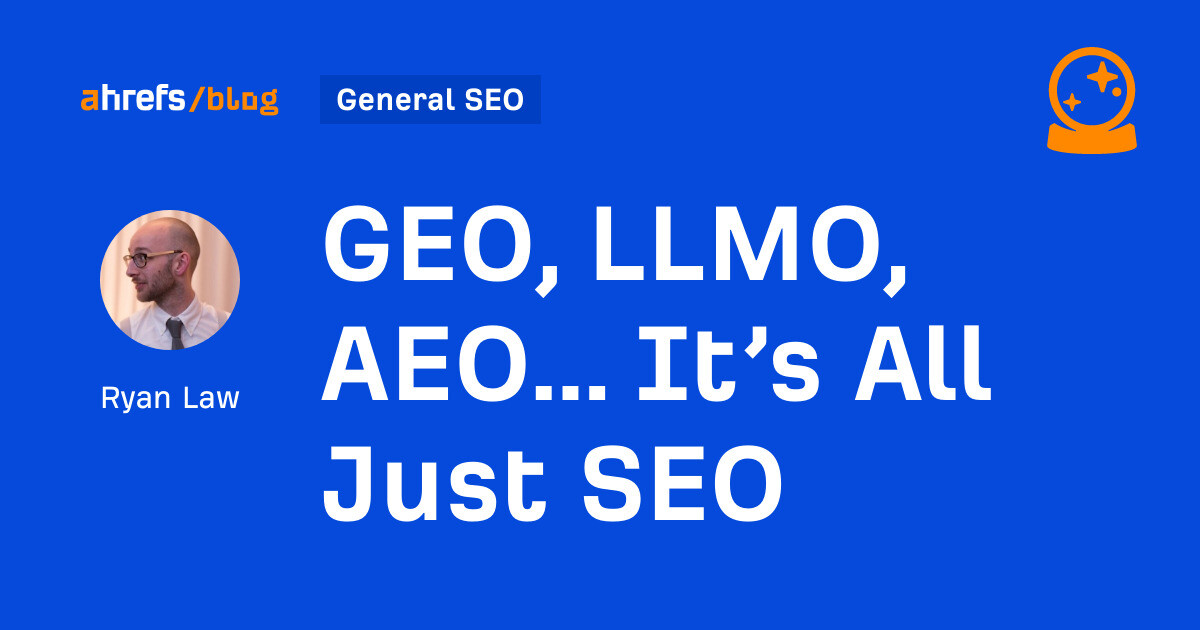Shows how many different websites are linking to this piece of content. As a general rule, the more websites link to you, the higher you rank in Google.
Shows estimated monthly search traffic to this article according to Ahrefs data. The actual search traffic (as reported in Google Analytics) is usually 3-5 times bigger.
The number of times this article was shared on Twitter.
Over the past few years, we’ve grown the Ahrefs blog from ~5,000 to ~317,000 monthly search visits. How did we do it? Essentially, we’ve found a content creation method that blends good SEO fundamentals with sound copywriting principles. So not only does our content rank high on Google, but it also encourages our readers to read, link to, share and, later on, purchase our product. Of course, we cannot solely attribute the traffic growth to our process. But we think it’s a part of the explanation. In this post, I’ll share the SEO copywriting tips we’ve implemented in our content writing process. But first, let’s define exactly what SEO copywriting is. SEO copywriting is the process of writing content for search engines and users. It’s where you craft content to rank on Google that searchers want to read, link to, and share. After all, content that gets tons of traffic from Google but never gets read is useless. The same goes for content that is incredibly compelling but never gets any traffic. Now that we’ve understood what SEO copywriting is, let’s get into the actionable tips that you can implement. At 388,000 monthly searches in the U.S., the term “basketball shoes” looks like a good keyword to write a blog post about—if you own a basketball blog. But you’d be mistaken. If we look at the SERPs for “basketball shoes,” we’ll see the results are mostly e-commerce category pages from online retailers: Google understands that searchers are in buying mode, not learning mode. So it ranks category pages over blog posts. And this is the first tip: create the right kind of content for the keyword you’re targeting. Fail to do that, and ranking will be an uphill battle. In the SEO world, this concept is known as search intent, i.e., the why behind a search query. To analyze search intent, we can simply look at the top-ranking pages to figure out the three Cs of search intent. What type of content is Google mostly ranking? Typically, the types are blog posts, product pages, category pages, landing pages, or videos. For example, the search results for “wireless headphones” are all e-commerce category pages. And for “best wireless headphones,” they’re mostly blog posts. Content format applies mostly to informational content. Example formats include how-tos, listicles, news articles, opinion pieces, and reviews. For example, when you Google “date ideas,” you’ll see that they’re all lists: This is the main selling point of the content. Typically, you’ll be able to see a dominant angle on the SERPs. For example, the top results for “how to make egg fried rice” want the process to be easy: Recommended reading: What Is Search Intent? A Complete Guide for Beginners Google wants to rank the most relevant, useful result on the first page. So your post should show that it deserves a place there. How do you do this? By covering all the things searchers want to know and expect to see. Search intent is one aspect of this process. But analyzing the three Cs only gives you a high-level overview of the intent. To better understand what your content should cover, you need to dig deeper by further analyzing relevant top-ranking pages, i.e., pages that are similar to what you’re going to create. For example, if you’re creating a listicle about the best wireless headphones, then you shouldn’t take reference from e-commerce category pages or landing pages. With that said, let’s look at how to fully cover a topic. Subheadings offer quick insights into what searchers are looking for, especially if there are the same or similar ones across the top-ranking pages. For example, if you look at the top results for “best wireless earbuds,” you’ll see that—as expected—they all mention Apple’s AirPods Pro. That probably means the AirPods should be on your shortlist for consideration. Other products that should be on your shortlist include these: A quick way to view all the subheadings in a post is to install Ahrefs’ SEO Toolbar and use the free content report: Of course, if you disagree vehemently with any of the picks in the top-ranking pages, don’t include them. Treat this as inspiration—you should, at the very least, check out and test these products and see if they’re worthy of inclusion. A page doesn’t just rank for the main keyword; it also ranks for other keywords that fall under the main topic (i.e., subtopics). If we can find out what these subtopics are, we can also cover them on our page. Here’s how to find them: We can see that these pages also rank for subtopics like these: These are good subtopics to cover for the article you’re creating. If you search for something in Google, you’ll see a SERP feature known as a People Also Ask (PAA) box: These questions offer insights into other things searchers may want to know. For example, you may want to consider adding a section in your article about why it is/isn’t worth it to buy true wireless earbuds. You can use tools like AlsoAsked to pull all the PAA questions related to the keyword you’re targeting: Finally, nothing beats simply analyzing each page manually. Click the top-ranking pages on the SERPs and go through each one by one. You’ll learn a lot that way. Google says links are one of its top three ranking factors. Our own study of 1 billion pages also found a strong, positive correlation between the number of websites linking to a page and how much search traffic it gets from Google: So you’ll want your content to be able to earn links. We can do this by understanding why people are linking to the pages you wish to beat—and then apply those insights to your post. We call these “link triggers.” Let’s take the keyword “seo copywriting” as an example. If we look at the SERPs for the topic, we see competing pages with tons of backlinks: But why are so many people linking to these pages anyway? To find out, let’s take one of these URLs, paste it into Ahrefs’ Site Explorer, and check the Anchors report. This shows the most common words people use when linking to the page. Here, we can see that lots of people are linking to this post because of two concepts it introduces: “bucket brigades” and the “APP method.” The goal isn’t to simply copy-paste these ideas into your post. It’s to analyze why. So in this example, Brian is the first person to introduce these copywriting ideas to the SEO niche. Therefore, to apply this insight to our own post, we’ll have to share unique tips of our own too. (Which is what we’ve done!) If you see that people are linking to a page because of a unique statistic, then you may want to consider running a study or doing a survey. Reading is a transaction. Your readers are basically trading their time for your words. If there’s any point where they feel like the content is too burdensome to read, they’ll hit the “back” button. So make sure your content is designed and written in a way that’s comfortable for reading. Do this by following the ASMR formula: The main goal of copywriting is to persuade. But nothing can be more unpersuasive than reading something that’s obviously written by someone who’s an “outsider.” For example, dancers dislike the term “breakdance” and “breakdancers.” It’s even classified as an insult in the community. The proper term is “breaking” or “b-boying”/“b-girling.” If you’re not using those terms, it’ll be apparent to the reader you’re not in tune with the niche—which will turn them off. Most people think copywriting is about writing, but nothing can be further from the truth. The core of the copywriting process is deep research. If you’re unfamiliar with the jargon, terms, pains, problems, desires, and wants of your audience, then you’ll have to find out. Browse the communities where your target audience hangs out. These can be places like: For example, if I were to start a b-boying blog, I’d head over to r/bboy. With just a couple of minutes of scrolling, I’d learn new terms like invert, cypher, power moves, air tracks, windmills, and more. There’s something about business that makes people all stiff, uptight, and overly formal. People may overlook it at an event, but they won’t overlook it in your copy. After all, nothing screams “stop reading now” more than a piece of content written like an academic report filled with meaningless jargon. Don’t make this mistake. Good web copy is casual. It’s like you conversing with a friend—except that your “friend” is a reader on the internet. If you’re worried that your copy sounds too business-like, you can paste it into Hemingway: It’ll keep your content simple, clear, and casual. It’s important to match search intent. It’s also important to cover the topic in full—at least as much as possible. But don’t mistake this as a call to create copycat content. You still have to give your content a unique spin. Why? A few reasons: You get the point. SEO copywriting is a balance between giving searchers what they want and saying something unique and original. This can be in the form of a unique angle, unique tips that only you know, unique resources like checklists and templates, or something from your personal experience. That’s what we tried to do in this post. We’ve given both tips based on our experience and tips not seen anywhere else (e.g., ASMR formula, link triggers). How do you create something unique? Here are a few tips: Most pages seem to bury important information. For example, take a look at this list of the best non-stick pans: There are 241 words of “nice to know” background information before the post gets to what everyone came for: the answer to the question. Compare that to Wirecutter’s post about the same thing: This time, the answer is right there in the first paragraph. For the impatient reader, this is perfect. They get what they want right away. For the rest who prefer context or more details, there’s plenty more to read. This format is known as the inverted pyramid. It’s a journalism technique where you give people the essential information before the non-essential. From an SEO perspective, giving readers the information they’re looking for without them having to work for it may help to reduce pogo-sticking—bouncing back and forth between pages on the SERPs—and improve dwell time. Applying this idea is simple. In your introduction, answer the main question you’re targeting. For example, our post on what SERPs are goes directly into the definition of a SERP: Then in the rest of the article, you can fill in the details while also answering related questions. Consciously or not, the reader is always checking if your content fulfills what they’re looking for. If it says it has the answer to their question, then they’ll keep an eye out to see if it’s true. If it’s not, they’ll leave. This is why you should add a table of contents. This allows your readers to immediately understand if your post is likely to answer the question they have. If it does, they can easily navigate to that section. Once they’ve started reading, they may be sucked into your copy and start reading the rest naturally. An additional benefit of a table of contents is that it creates sitelinks on the page, which Google sometimes shows on the SERPs: This can potentially lead to more clicks. A quality introduction keeps the reader sliding down your page’s “slippery slope,” whereas a poor intro sends them back to the SERPs. If you want a simple way to write a kick-ass intro, consider using the Problem-Agitate-Solve (PAS) formula. Here’s what it looks like in the wild: At this point, you may have a question. We now have both the inverted pyramid and the PAS formula as potential intros. Which one should you use? The answer lies in the topic you’re targeting. If there’s a direct answer—“What are SERPs?” — then use the inverted pyramid. If the topic is targeting a problem or pain point—“How to build links”—then you can consider using the PAS formula. Your title tag is the headline of your article. It determines whether your content gets clicked on the SERPs. Don’t neglect them. A good exercise to practice is to write out at least 10 different variations of your title tag before deciding on one. That’s what the best writers do: For an extreme example, bestselling author James Clear even went the extra mile and brainstormed 400 titles for his book: Many. I brainstormed over 400 possible titles. You don’t have to do 400—around 10 will do. Beyond that, here are three tips to improve your title tags: Recommended reading: How to Craft the Perfect SEO Title Tag (Our 4-Step Process) “Why did the scene cut away? Is Oh Ill-nam dead? What happened?” you think to yourself, sobbing. The next thing you know, it’s 5 a.m. and you’ve just binge-watched the entire “Squid Game” series. For years now, TV producers and script writers have used a method to get you hooked on their shows. This technique is known as “open loops.” Essentially, they’ll set up a plot element in an earlier episode to make you curious. Then they’ll intentionally not resolve it until some episodes later. This leaves you wanting. You’ll crave the sweet release—the closure to the loop. You’ll wait desperately for the new episodes, and you’ll watch them immediately when they’re released. This technique isn’t just limited to TV shows. You can apply it to your own content too. Here’s an example: In Tim Ferriss’ post on how to cut weight, he says he’s done it multiple times: But he doesn’t go into the “how to” right away. Instead, he segues into a story: You have to keep reading to find out. Eventually, he resolves it: Remember: You must always close the loop. Otherwise, this destroys the trust your readers place in you. Scott Adams, most famous for his work “Dilbert,” writes in “Win Bigly”: Persuasion is strongest when the messenger is credible. People want to learn how to b-boy from a Red Bull BC One finalist. They want to learn how to finish obstacle courses from a Toughest Mudder competitor. And they want to learn how to lift from an actual Strength & Conditioning coach. One way to ensure your copy persuades, inspires trust, or gets someone to engage is to establish proof that you know what you’re saying. That you’re an authority and an expert. Because when you’re trustworthy and reputable, people will give credence to your words and believe what you say. There’s an SEO benefit too, specifically for E-A-T. E-A-T stands for expertise, authoritativeness, and trustworthiness. It’s what Google’s human quality raters use to assess the quality of search results. While it’s not a direct ranking factor, improving E-A-T is important for many queries. What does that mean for your content? It means whenever possible, make sure to show the reader your authority, expertise, and credibility. (Notice what I did in the beginning?) It can be these: And more. SEO isn’t only about ranking on Google. It’s also about getting your readers to read, share, and link to you. That’s why copywriting is important. Nobody is going to read a garbage piece of content—no matter how high it ranks. Got any questions? Holla at me on Twitter.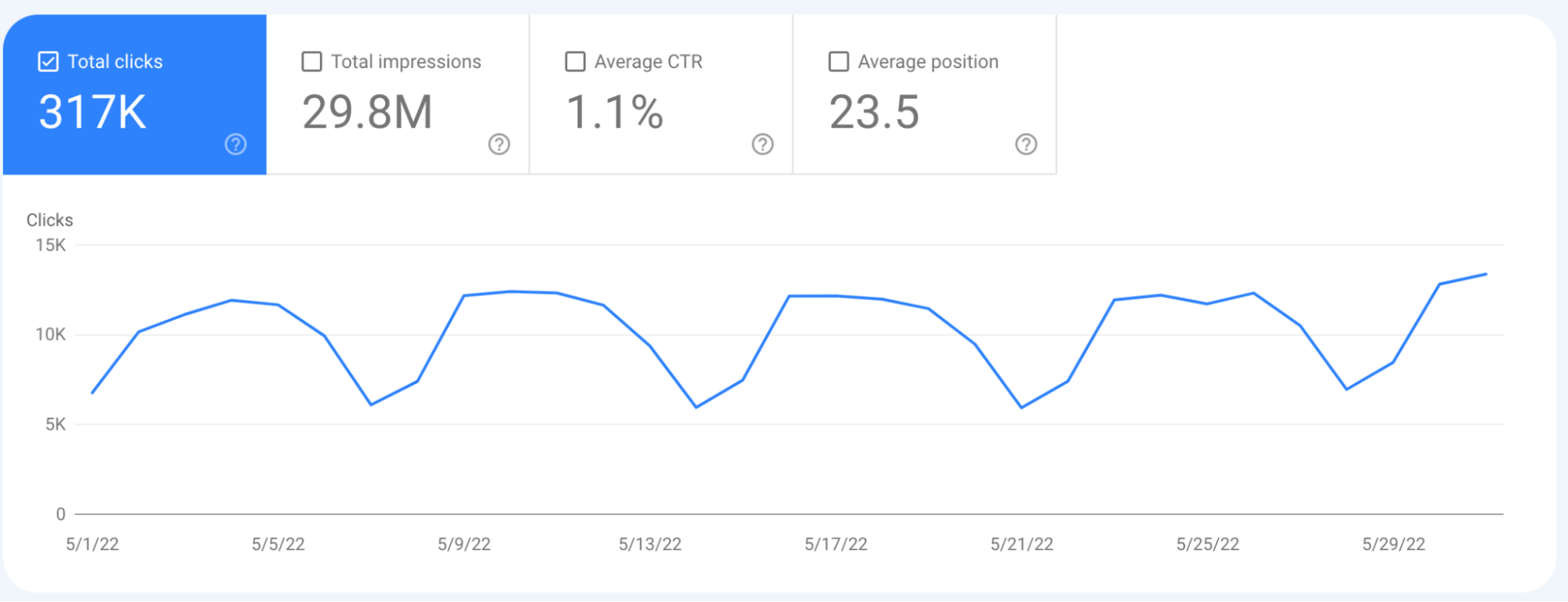
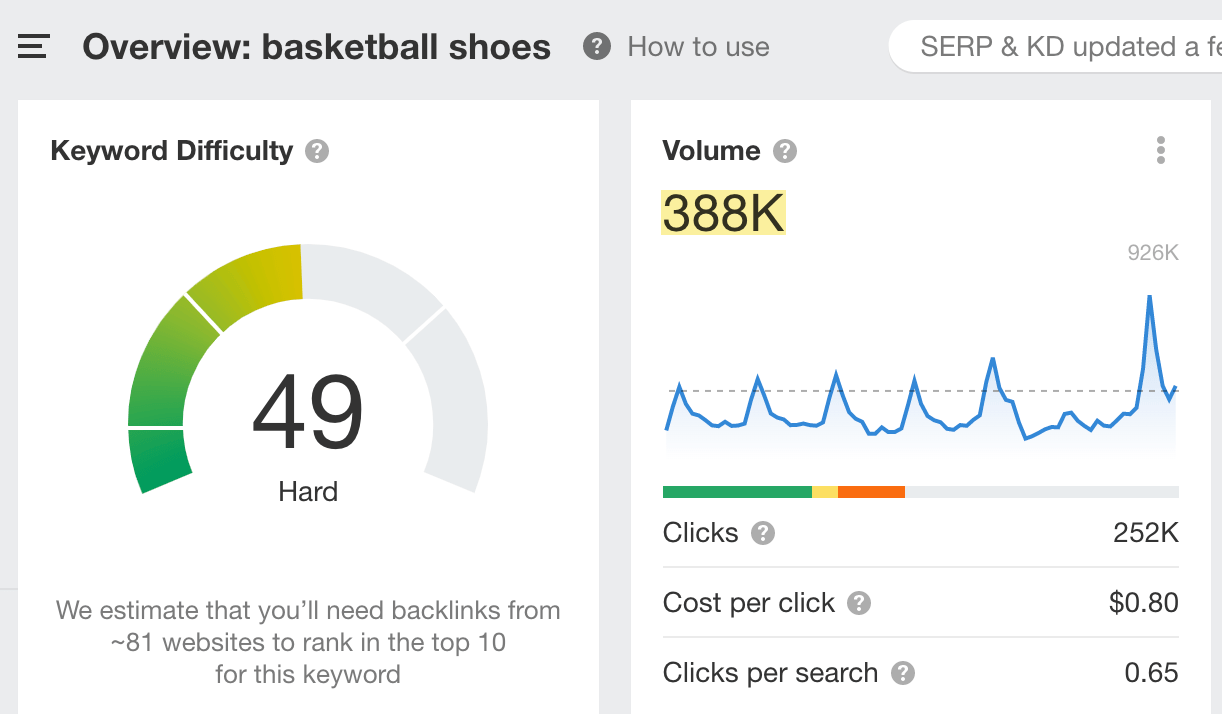
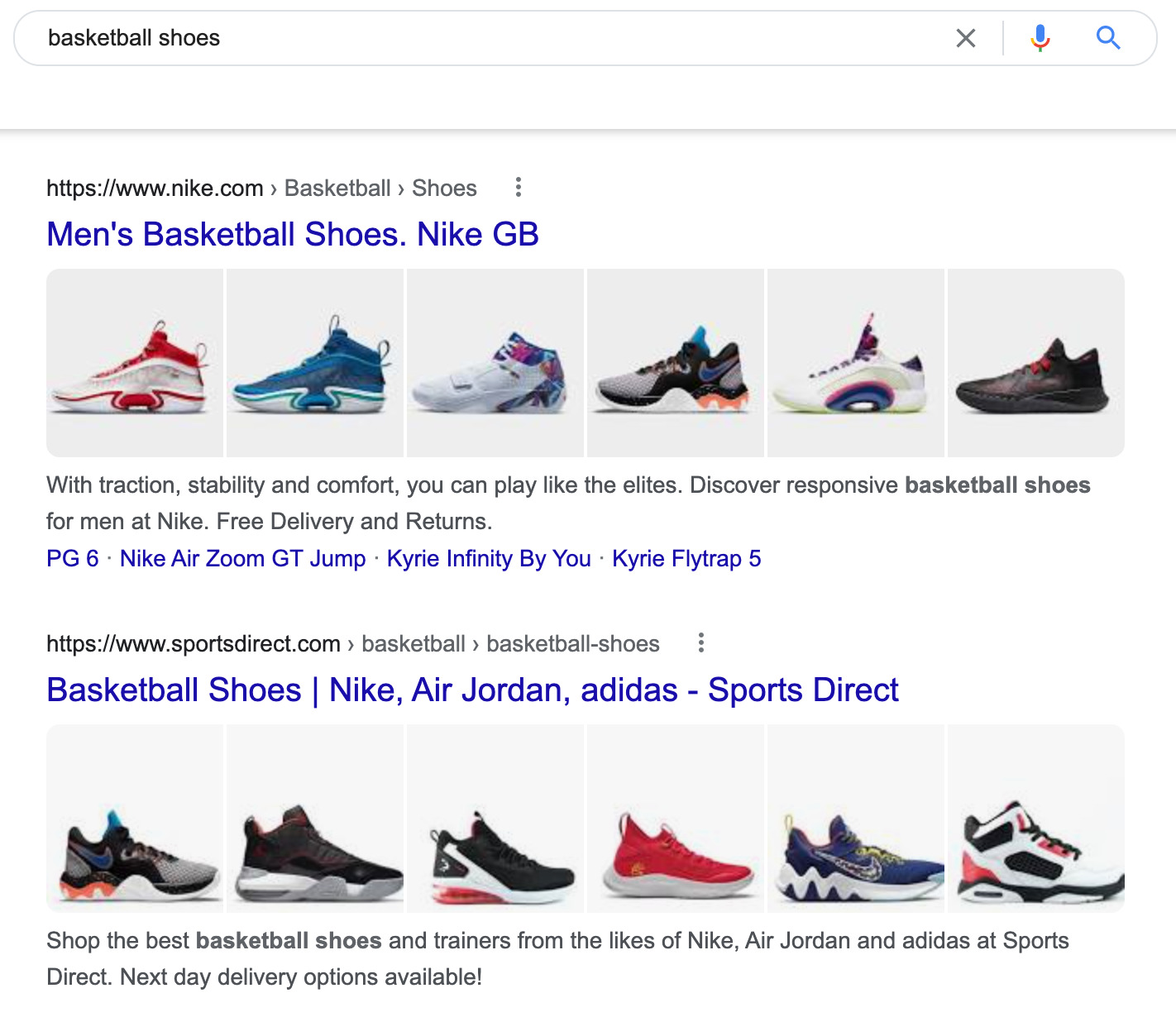
Content type
 SERP for “wireless headphones.”
SERP for “wireless headphones.”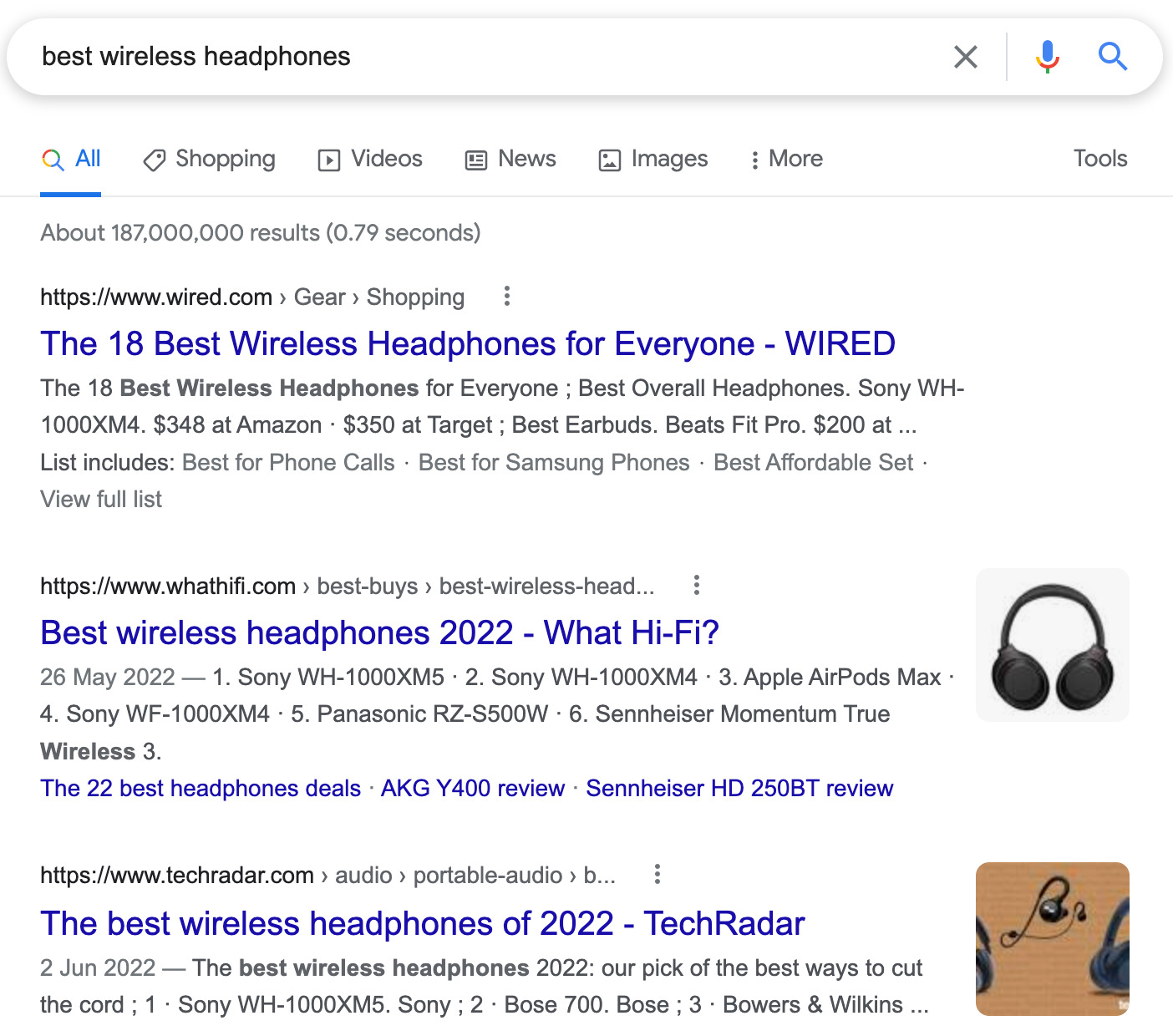 SERP for “best wireless headphones.”
SERP for “best wireless headphones.”Content format
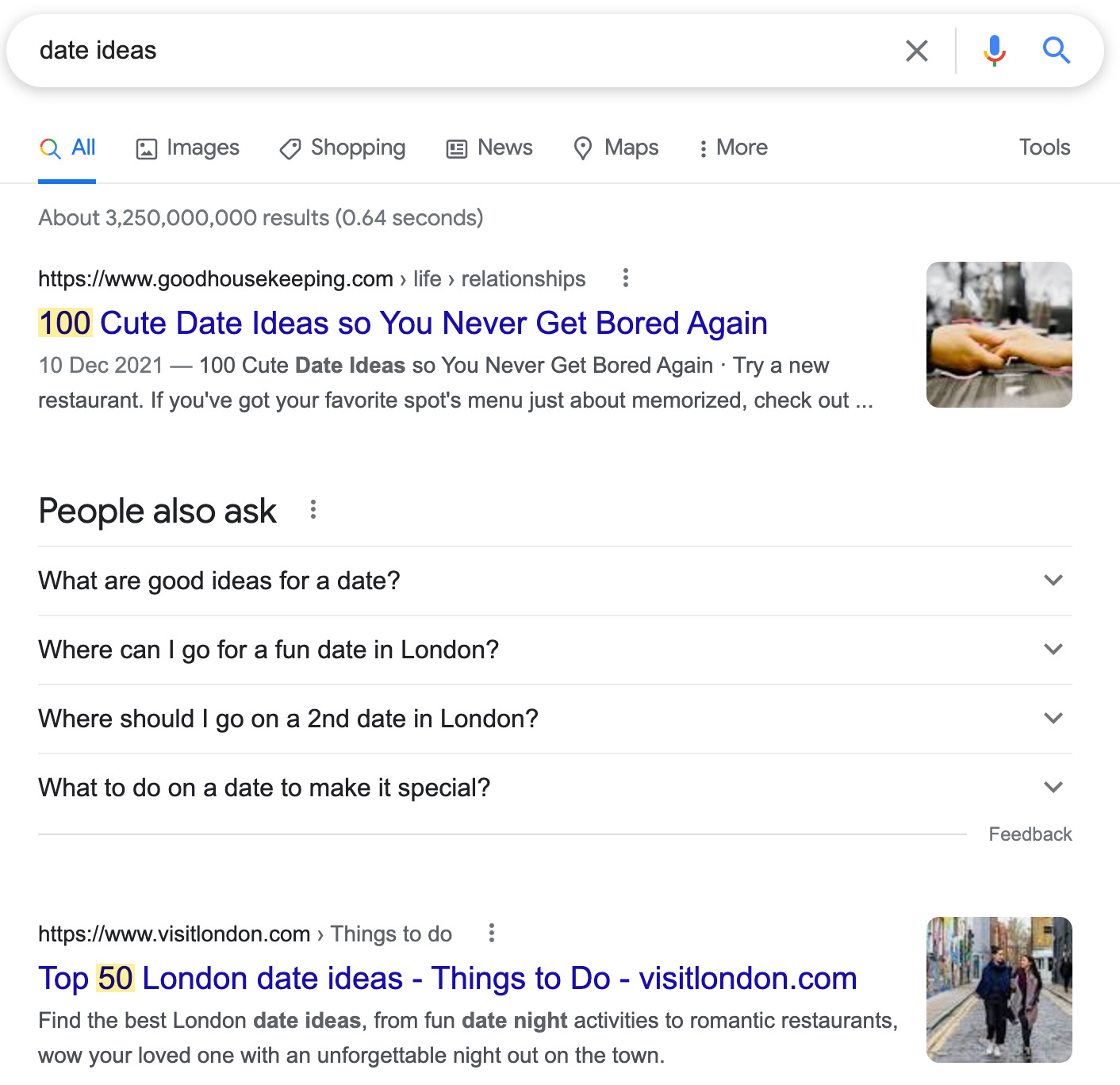
Content angle

Look for common subheadings

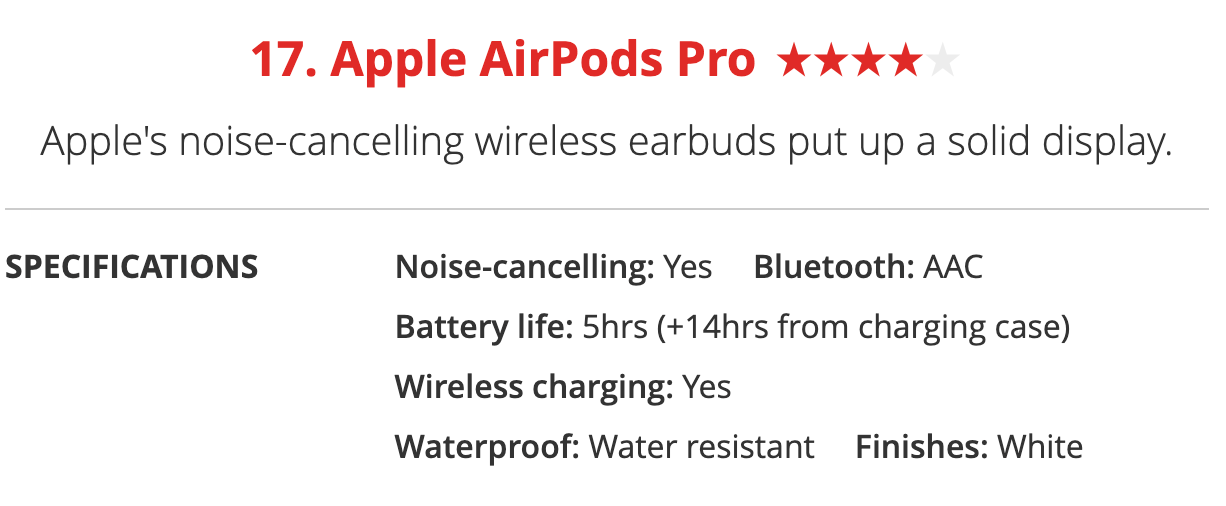
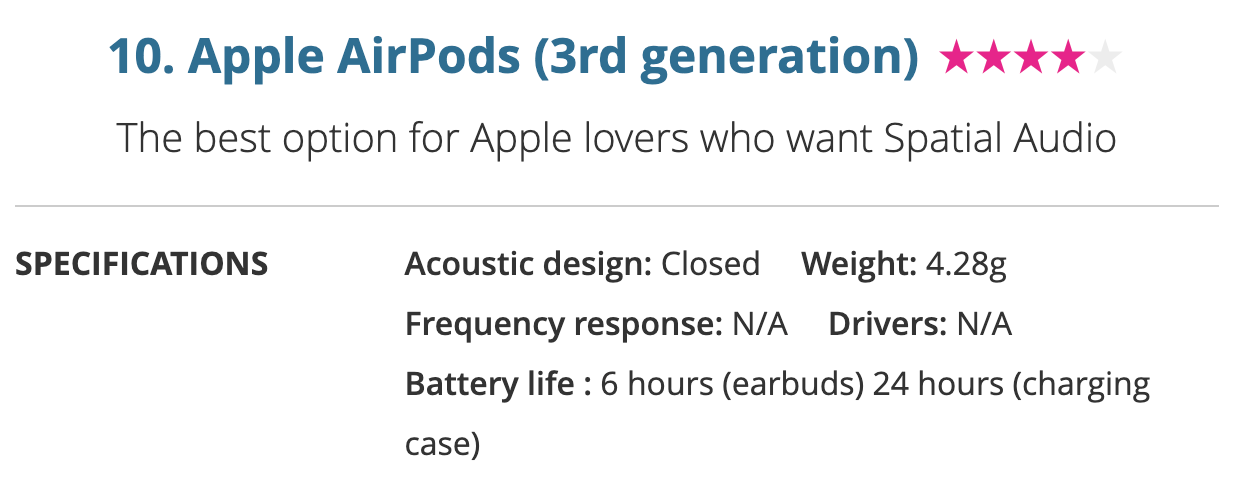

Look for subtopics among keyword rankings
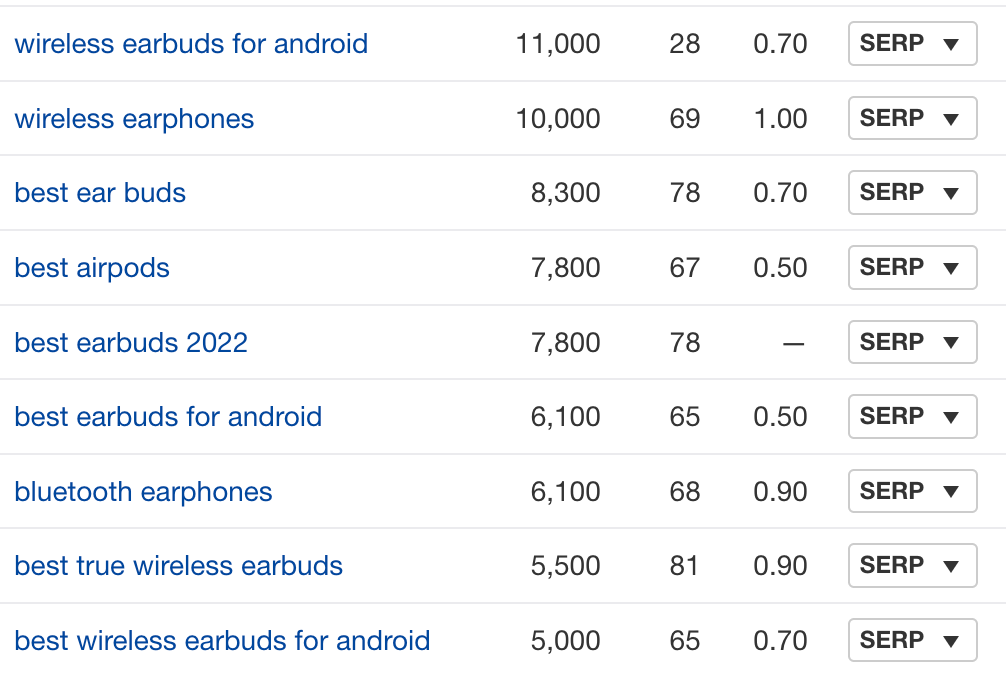
Look at People Also Ask boxes
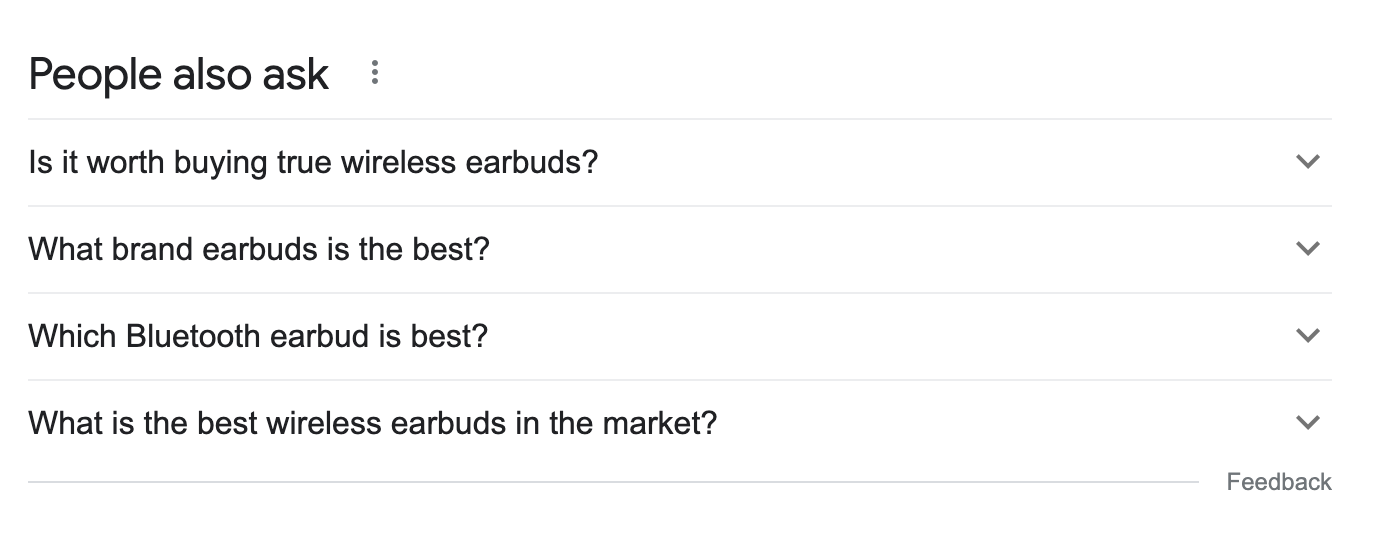

Look at the pages manually

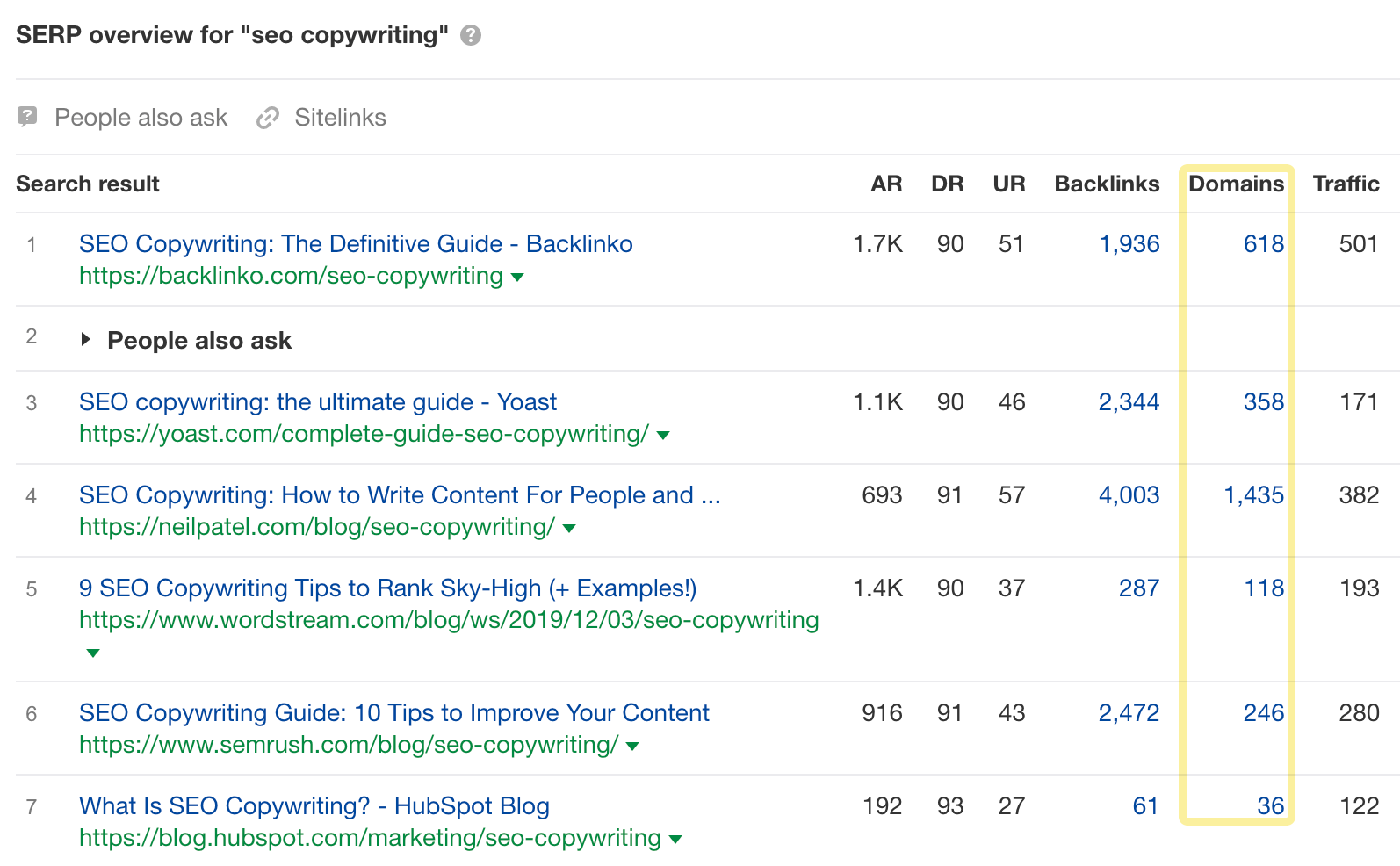


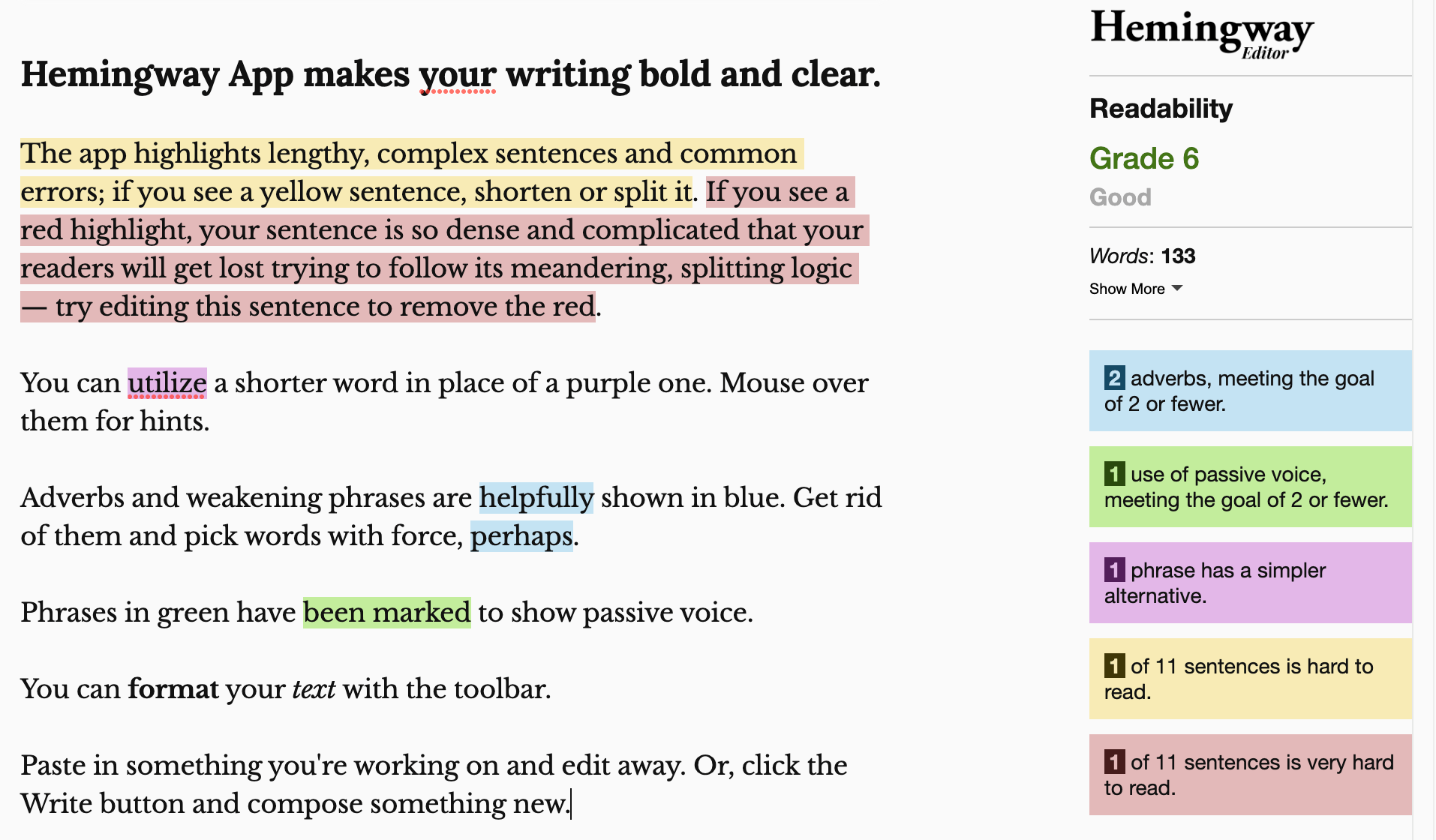
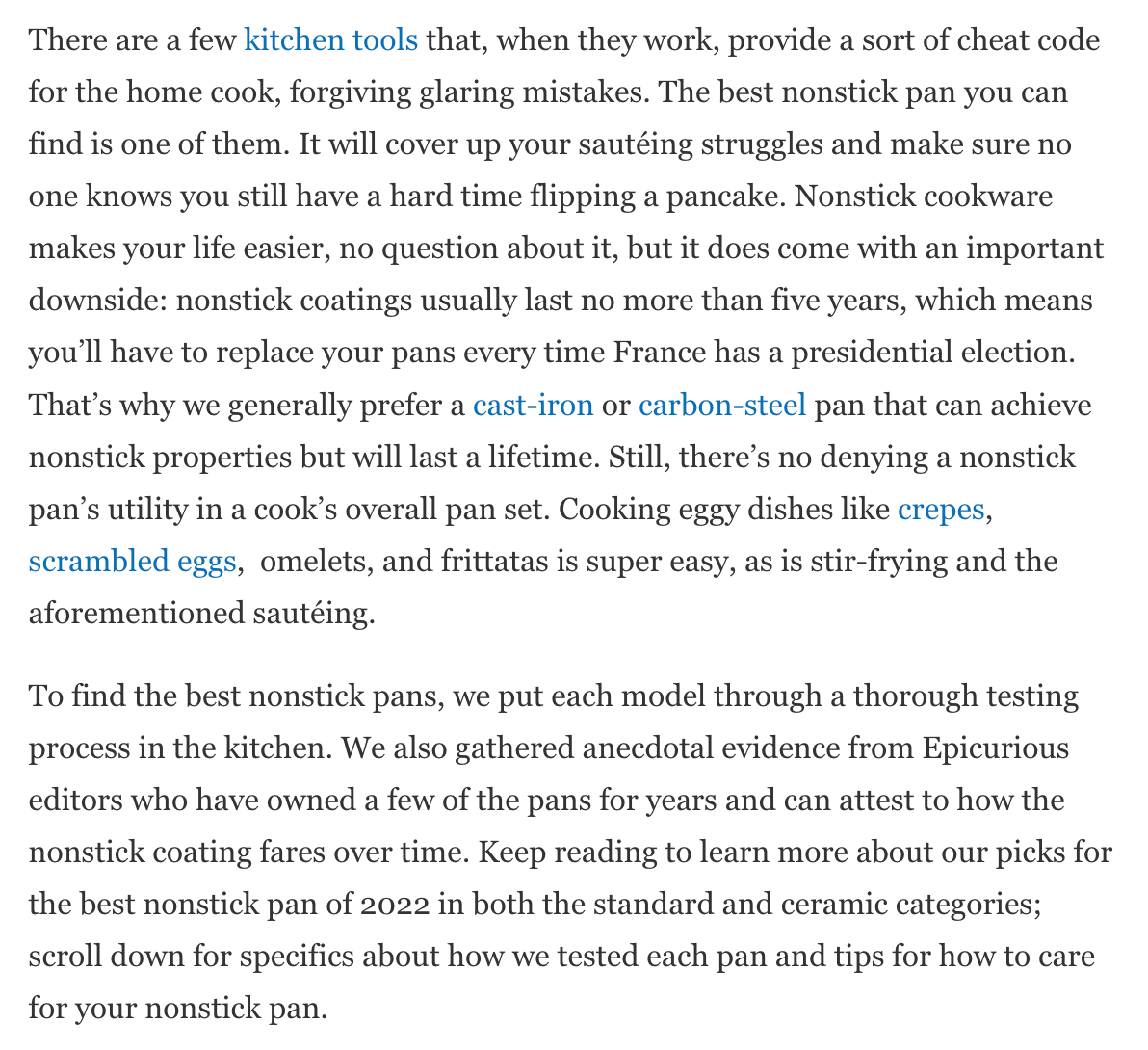

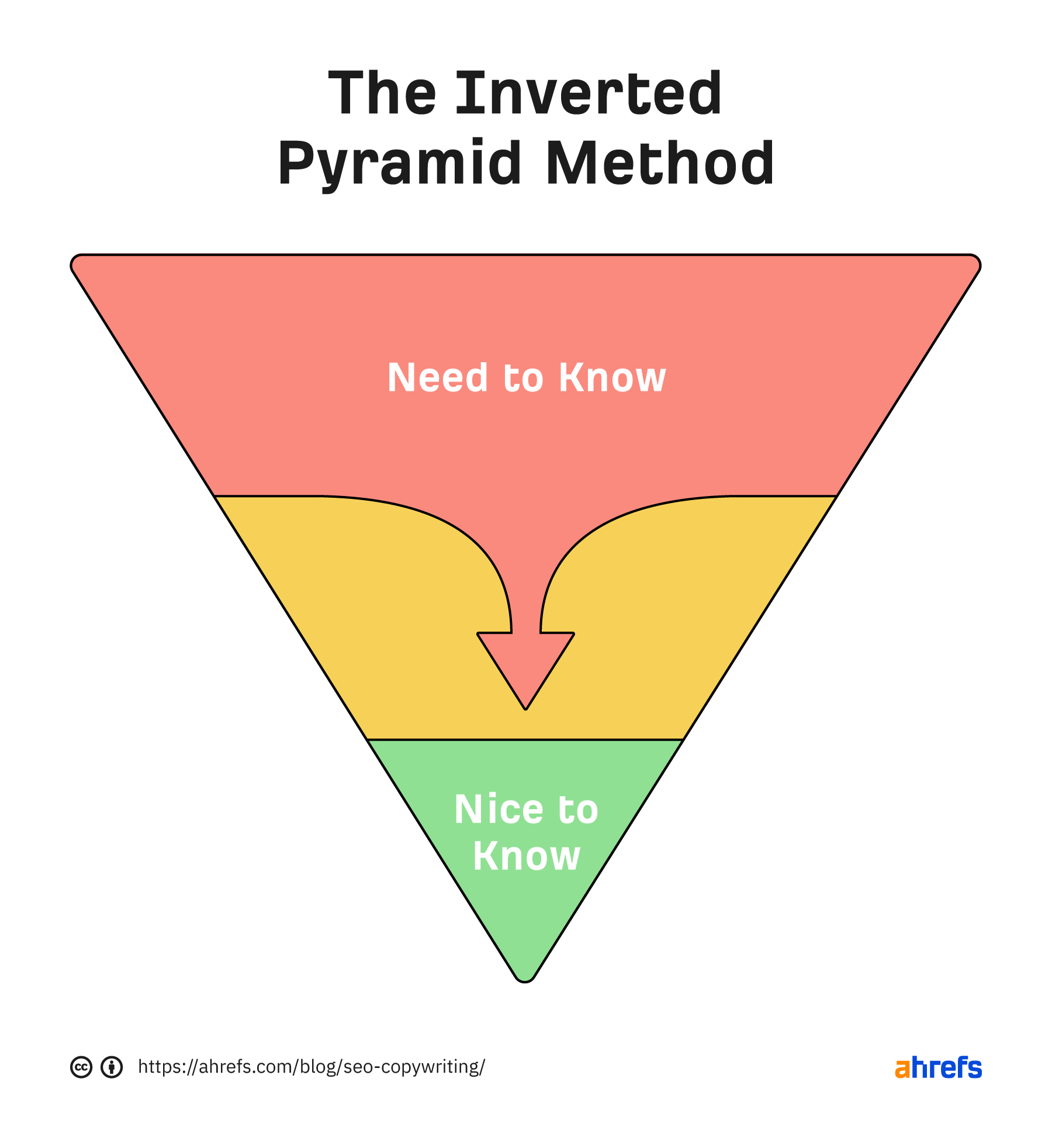
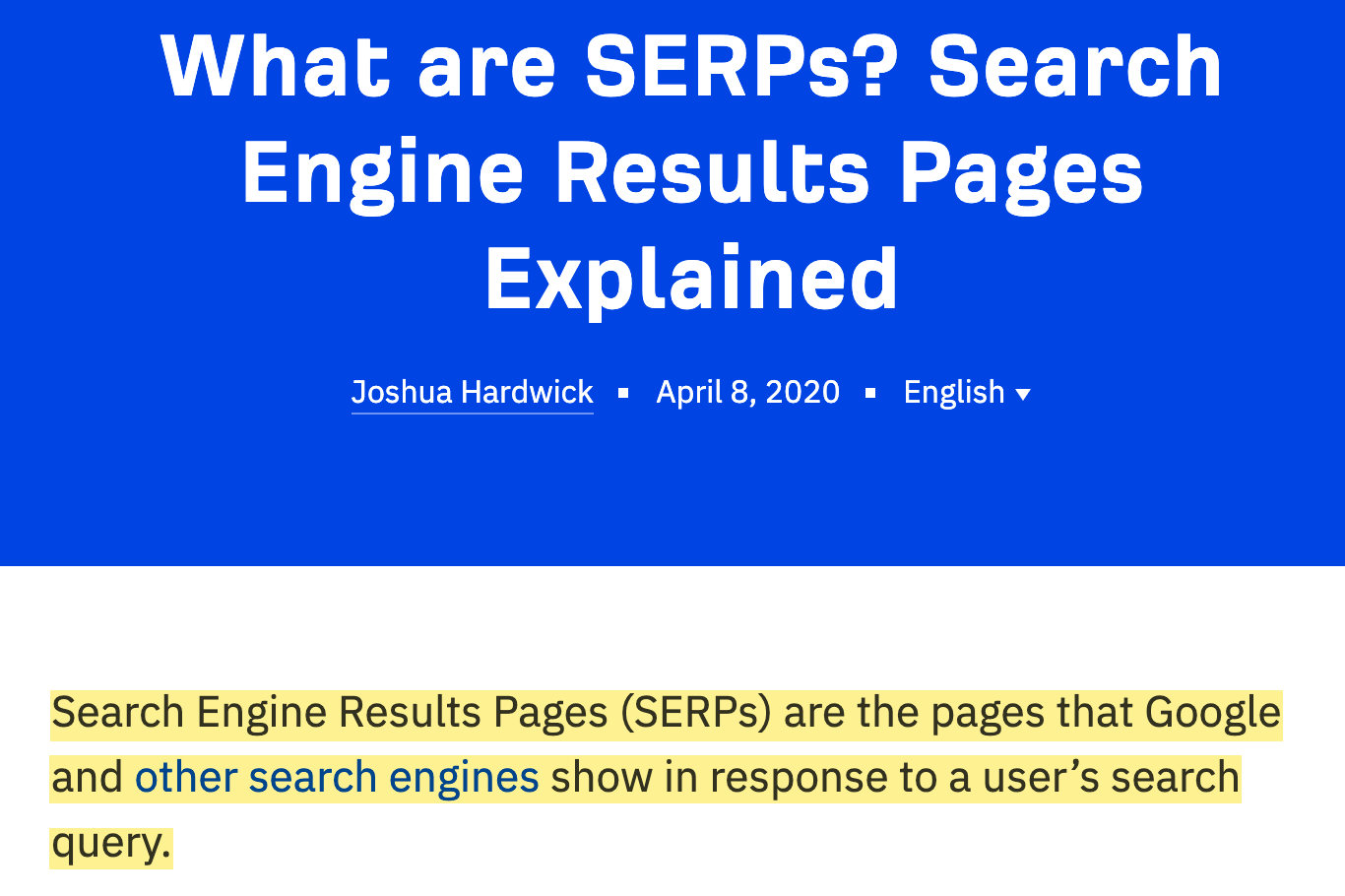
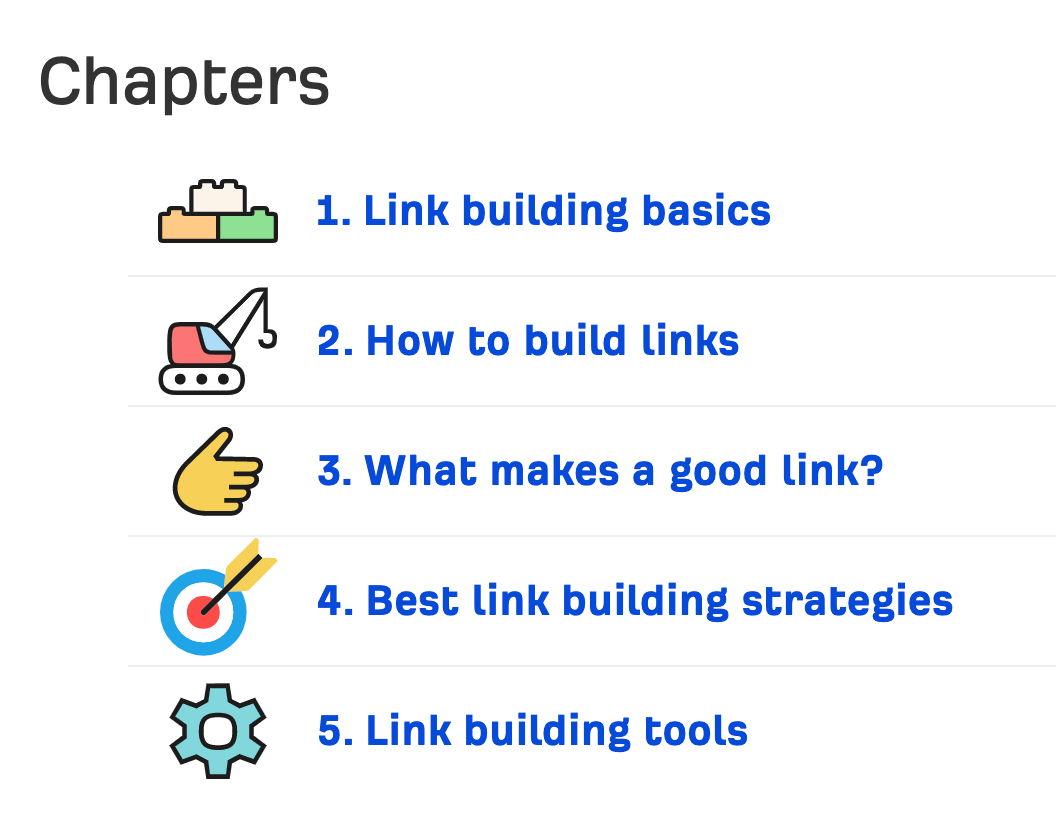



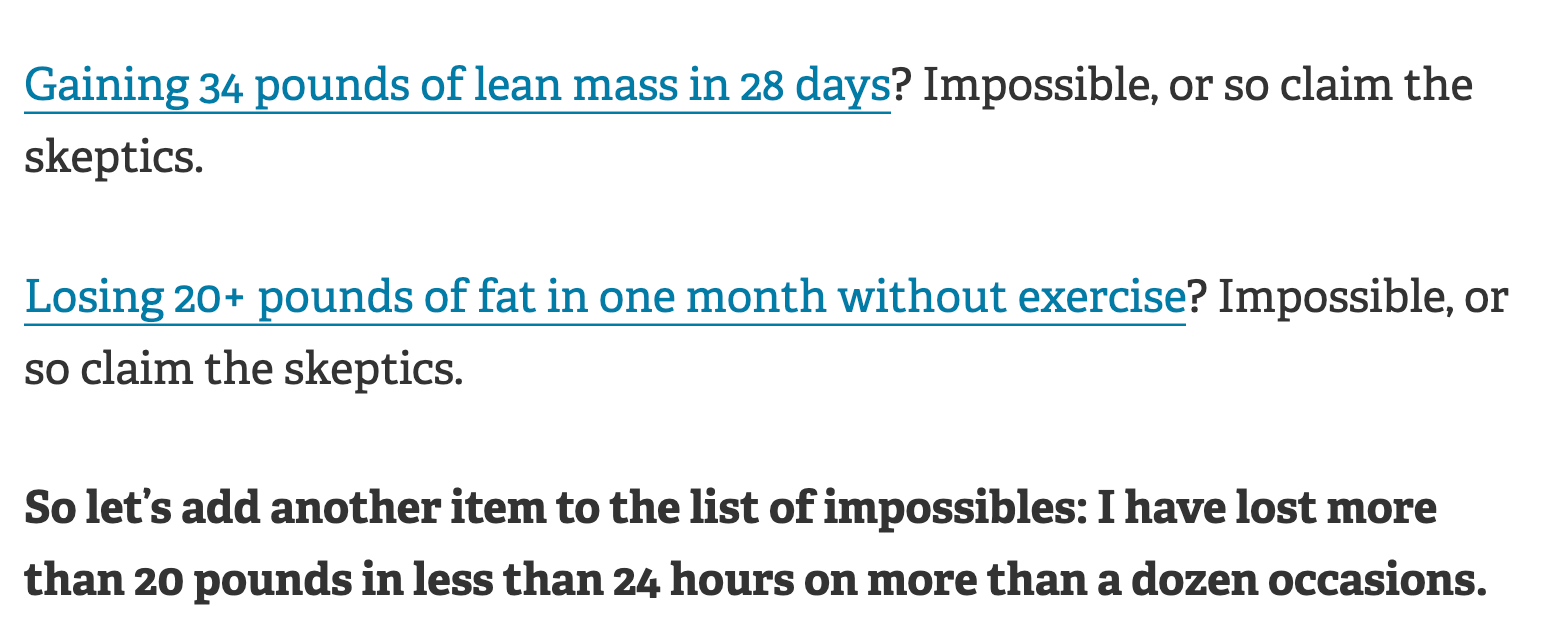

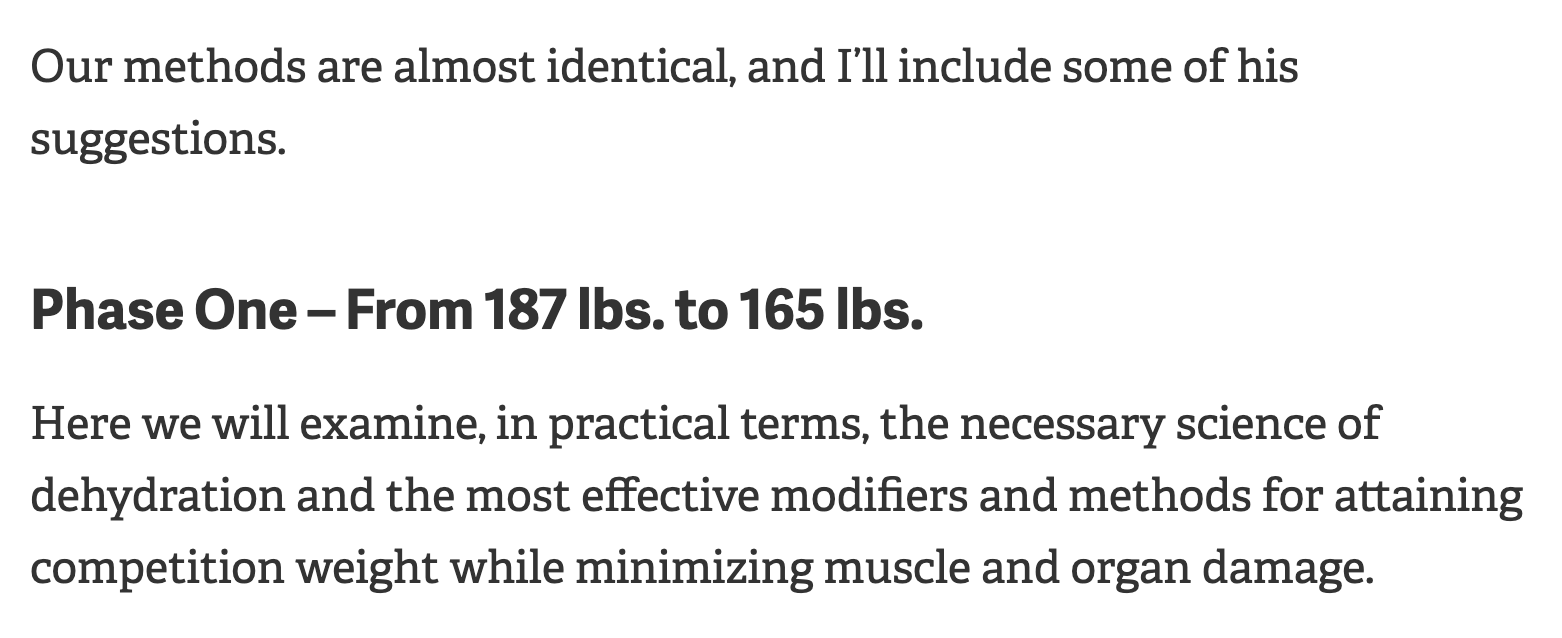
Final thoughts




